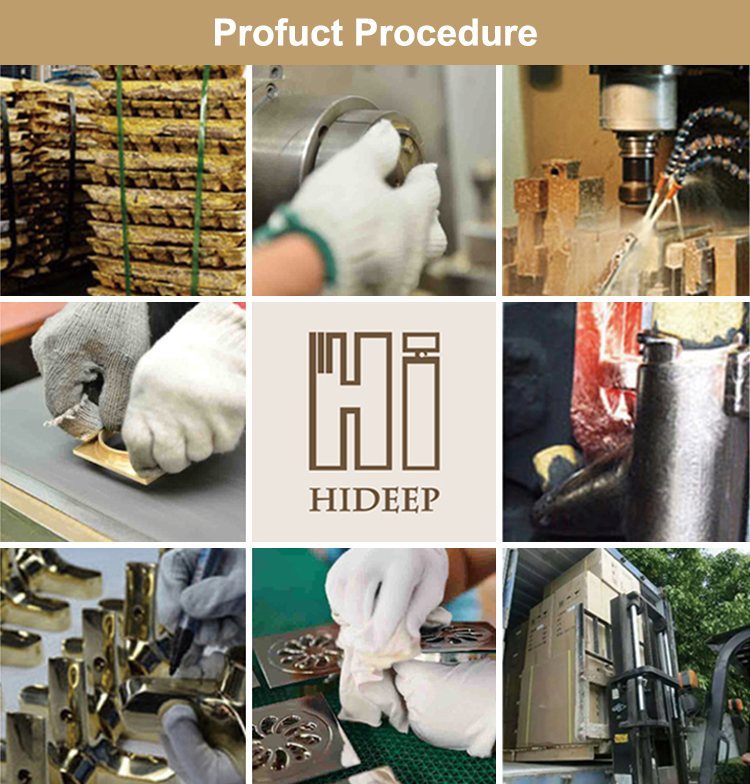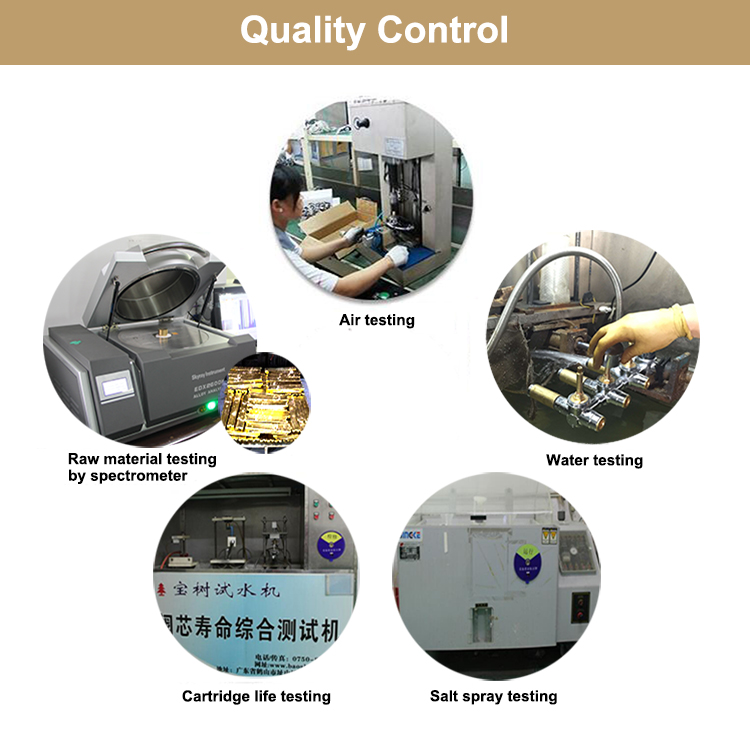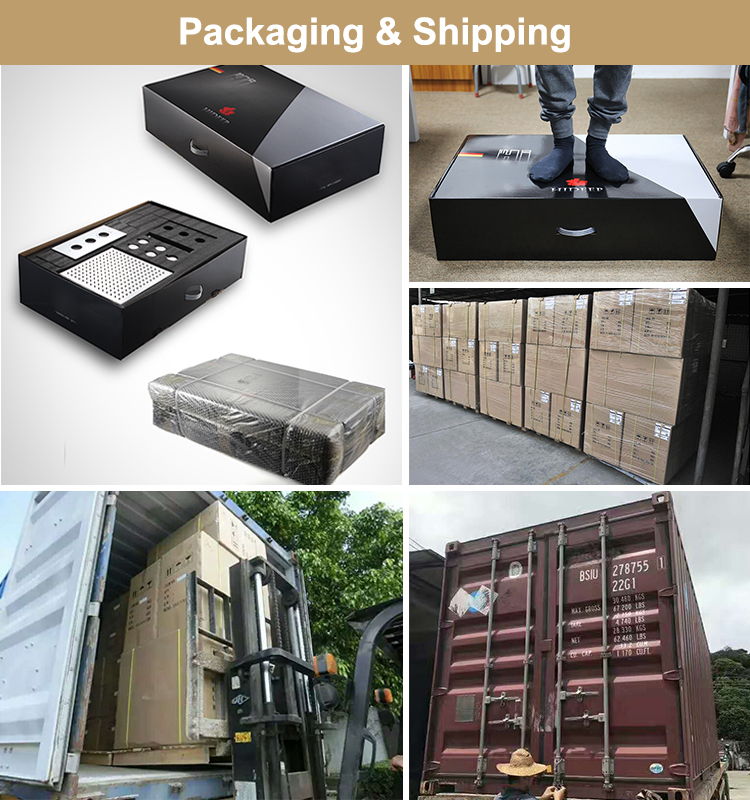There are many varieties of digital display scale instruments, and the digital display accepts the electrical signals output by the load cell. Electrical signals have analog and digital quantities, the most common being analog voltages of a few tens of millivolts. The excitation power supply is supplied to the load cell operating power supply, and the A/D (A/D) conversion unit reference voltage is supplied, and the stability is generally 0.1% or more. The amplifying unit usually adopts a measuring amplifier structure to receive and amplify the signal of the load cell. Magnification is typically hundreds of times. The filtering unit filters out electrical noise generated from the outside of the machine and generated by the amplifier itself. The A/D conversion unit converts the analog quantity into a digital quantity, and the number of conversion bits is usually 14 bits or more. The data processing unit is composed of a microprocessor as the core and uses a peripheral support chip. It completes a series of operations such as collecting data, computing, and storing under the control of the program, and the processing result is sent to the corresponding interface. The display unit displays the weighing value and weighing status in the form of numbers or text, charts, etc., and can communicate with external devices through the interface.
Schematic diagram of the weighing instrument weighing instrument - circuit diagram
Performance characteristics
The performance of digital instrumentation includes five aspects: metrology performance, function, environmental adaptability, security and reliability. Compared with the universal digital weighing instrument, the digital display has five features: 1 self-contained sensor excitation power supply, easy to use; 2 ratiometric A/D conversion and frequency multiplication technology, long-term stability in metrology performance 3 software can realistically simulate the weighing characteristics such as vibration, air balance change, material drop, etc., display fast, accurate, stable; 4 machine with empty scale zero, zero tracking, calibration, maximum weighing, indexing and other parameters The setting unit is easy to change and has strong versatility; 5 with output interface, can connect a variety of external devices, and realize system control conveniently.
Accuracy Level The International Legal Metrology Organization (OIML) Recommendation No. 3 states that non-automatic scales are divided into four grades according to the accuracy level. According to the level of the instrument, China has divided the electronic weighing instrument into four grades, and respectively named the level codes corresponding to the electronic scale: I, II, III, IV. The maximum allowable error of the metering instrument of each class is 0.7 times the tolerance of the corresponding class instrument.
The basic architectural principle of the instrument
The instrument architecture is actually very simple. A power supply supplies power to all devices. An AD part is responsible for amplifying the analog signal of the sensor, converting the analog to digital signal, and a central processing unit, also known as a single-chip microcomputer (MCU), to process the AD part. The read weight signal is subjected to a series of conversion processing, preferably decoded into a display-readable signal, displayed on the display screen, and generally has a keyboard circuit to accept some manipulations of the user, and many instruments also have Parallel print port, micro-drive, RS232 or RS485 interface, communication with host computer or other instruments, digital current loop interface to connect large screen, and many instruments for industrial control with 4~20mA current loop interface Match the PLC. The high-end also has a live CAN bus or Ethernet interface. Some instruments also have a USB interface. However, because the transmission distance is too close, the USB uses less on the scale instrument, so few instruments have a USB interface.

Concerned about surprises
Label: Structural principle and performance of electronic weighing instrument
Previous: Six categories of power tools Next: Maintenance tips for hardware invisible screens
304 stainless steel floor drains are durable and easy to install.
1.Different Style For Your Choice.
2. High quality.
3. Brilliantly engineered to prevent unwanted smells coming from your sewage pipes and keep the bugs away!
4. Preventing unpleasant smell, insects and mice from entering the house, can be used in kitchen, bathroom, balcony, garage, basement and toilet.
|
HIDEEP Product line |
||||||
|
Product Information |
||||||
|
Product description |
Brass floor drain |
|||||
|
Brand name |
HIDEEP |
|||||
|
Material |
Brass |
|||||
|
Material analysis |
Cu≥59% |
|||||
|
Salt spray test |
24 hours |
|||||
|
Quality guarantee |
5 Years quality guarantee |
|||||
|
Application |
For family bathroom, hotel bathroom and so on |
|||||
|
Certification |
ISO9001, CE |
|||||
|
OEM and ODM |
Acceptable |
|||||




HIDEEP always invests heavily in R&D and speeds new products to marketing as it believed that an innovation strategy leads to betther new product performance.
304 Stainless Steel Floor Drain
304 Stainless Steel Floor Drain,Long Shower Floor Drain,304 Stainless Steel Shower Floor Drain,304 Stainless Steel Long Floor Drain
Kaiping HIDEEP Sanitary Ware Co., Ltd. , http://www.hideep-faucet.com
